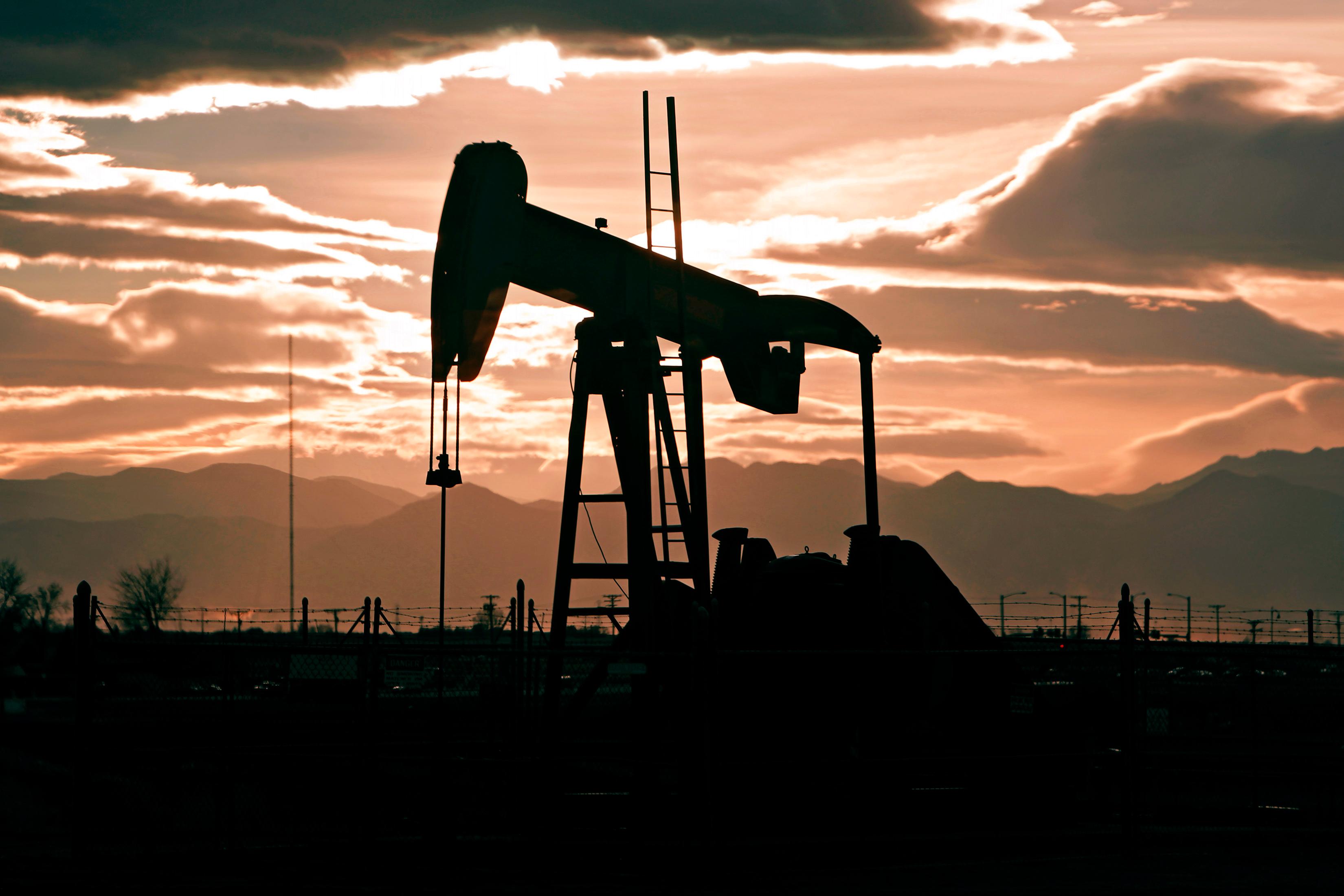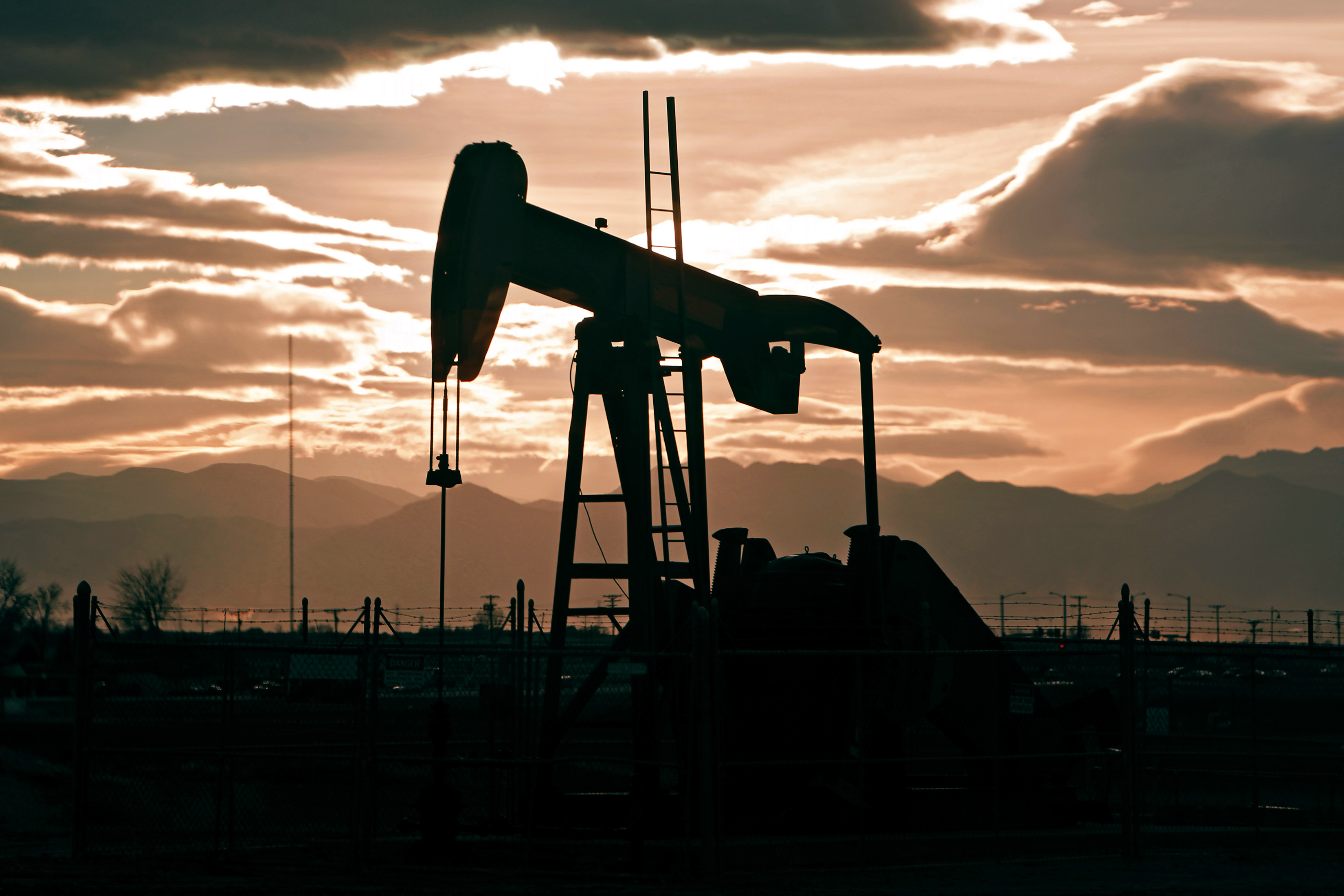

Oil production in Colorado continues to set new records.
Colorado oil drillers like Anadarko, Noble pumped a record 13.4 million barrels of oil in May-- the biggest month ever. Production is up almost 40 percent since last year. Prices are hovering around $70 a barrel, more than enough for producers to make healthy profits.
"I think the bigger takeaway is that Colorado does have a booming industry," said Bernadette Johnson with DrillingInfo. "There are permits being filed, there are 35 rigs that are active. We're still definitely competing with other areas of the country, like west Texas, which is growing more and faster, but we're right in the middle of the mix. Our best acreage competes with some of their best acreage."
She says drillers are optimistic since prices look to remain high baring any big geopolitical events.
However, a November ballot measure would result in what the industry calls a de facto ban on new drilling.
If passed, Proposition 112 will increase the minimum distance between new wells and homes, offices, rivers and playgrounds to 2,500 feet. Current oil and gas setbacks range between 500 feet for homes and 1,000 feet for higher occupancy buildings.
As CPR reported previsously, he initiative is supported by some local governments like the Boulder County Commissioners, local control groups like Broomfield Clear Air and Water and environmental groups like the Sierra Club.
Anne Lee Foster with the environmental group Colorado Rising, told CPR News recently that the 2,500-foot setback is “not just an arbitrary number like the current setback is.” Instead, it’s a number “based on science,” that comes from a 2012 University of Colorado study that found people living within a half mile (2,640 feet) of wells had a greater risk for health effects compared to those living further away.









